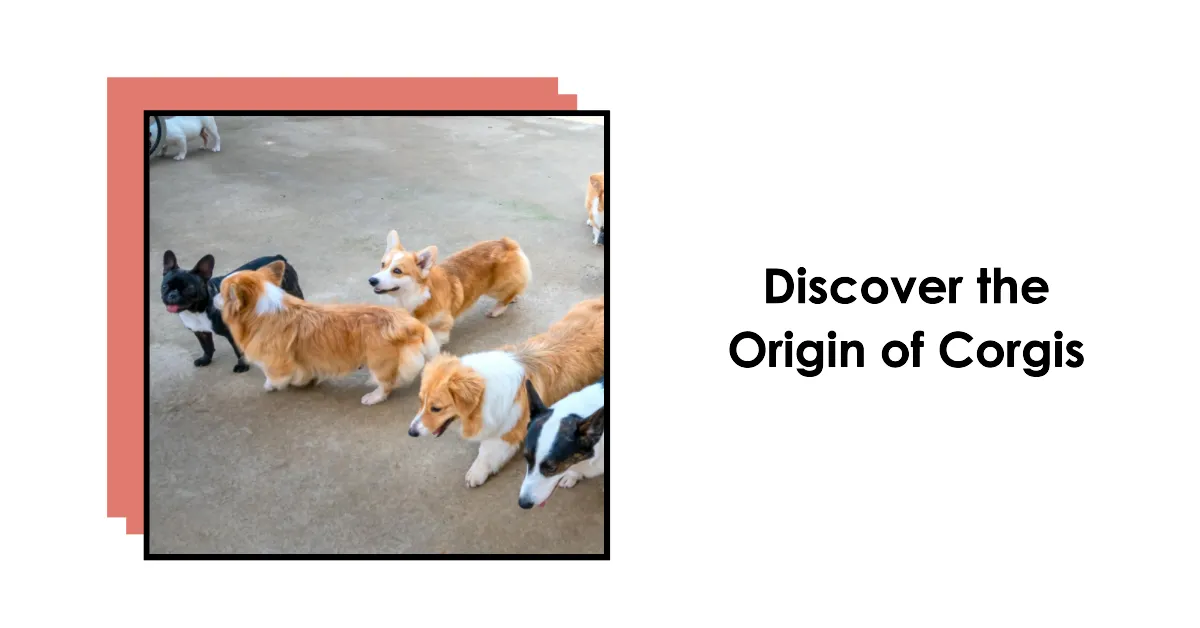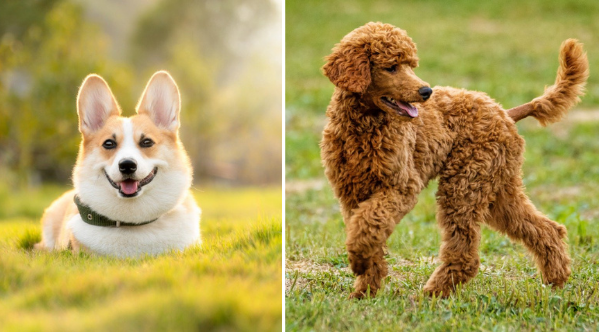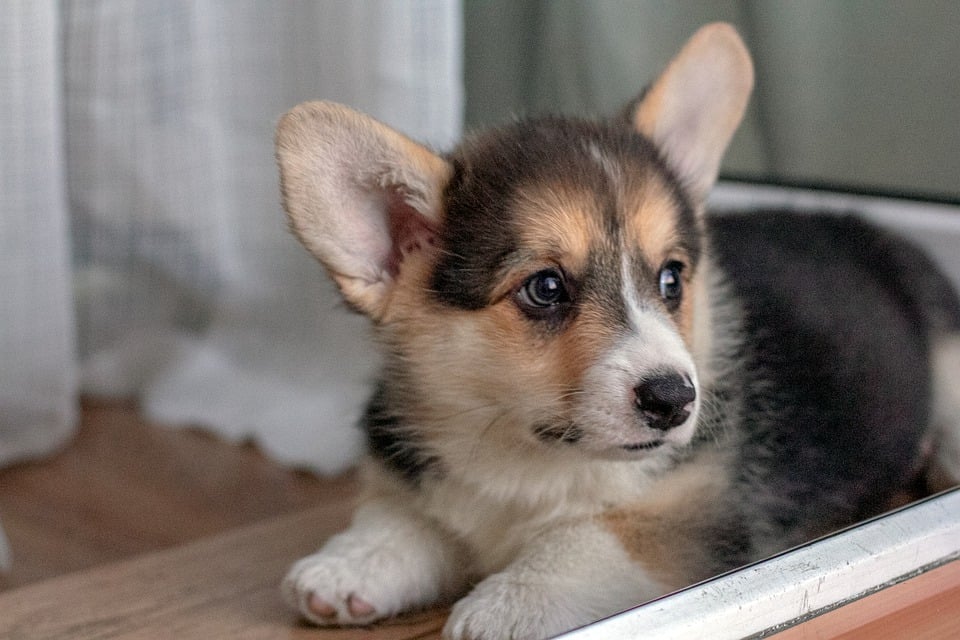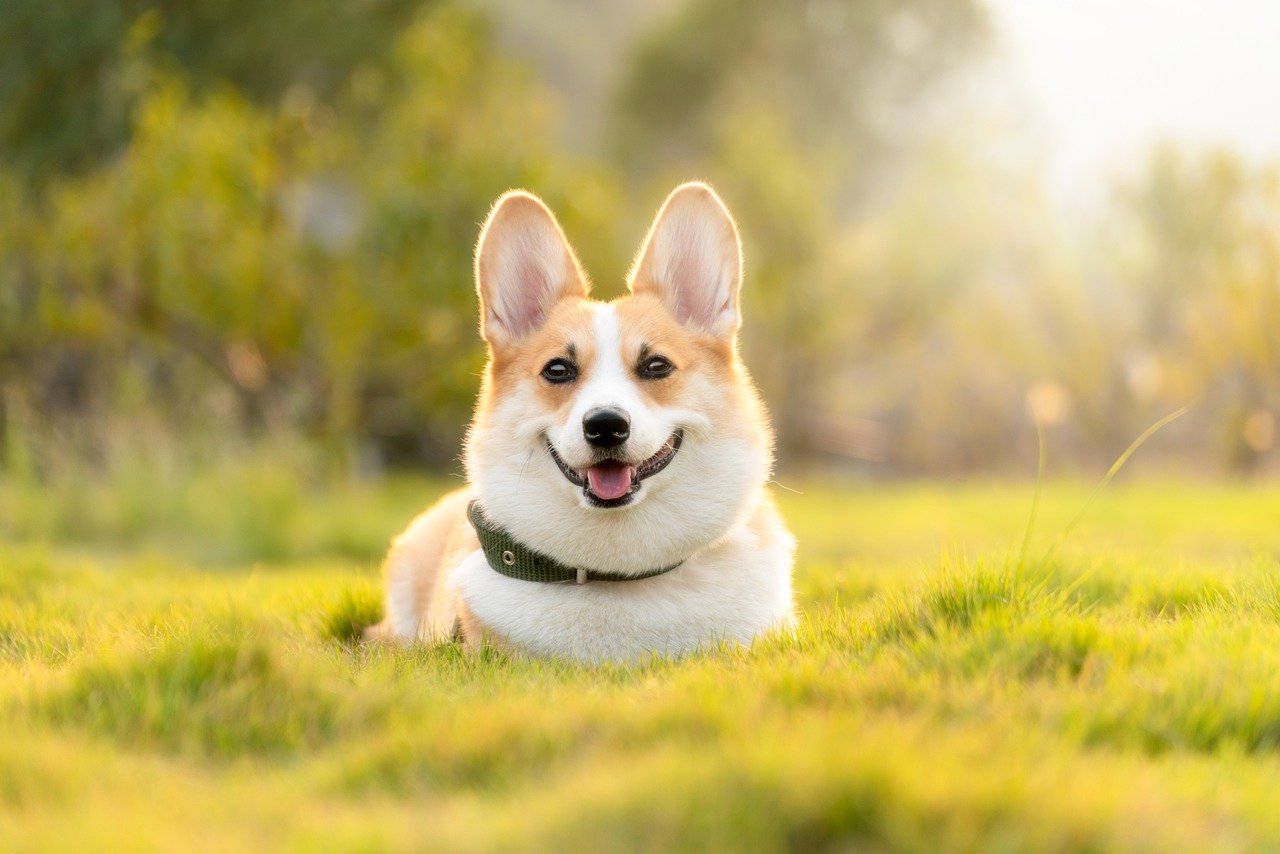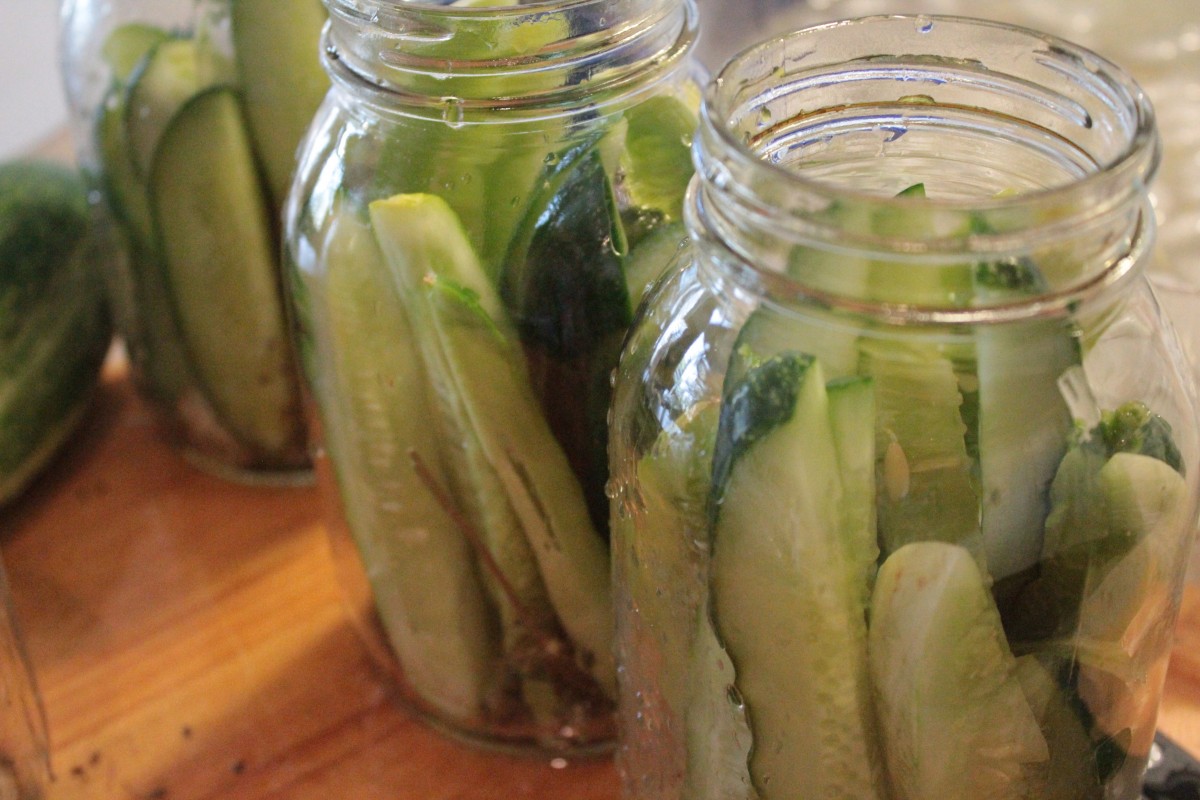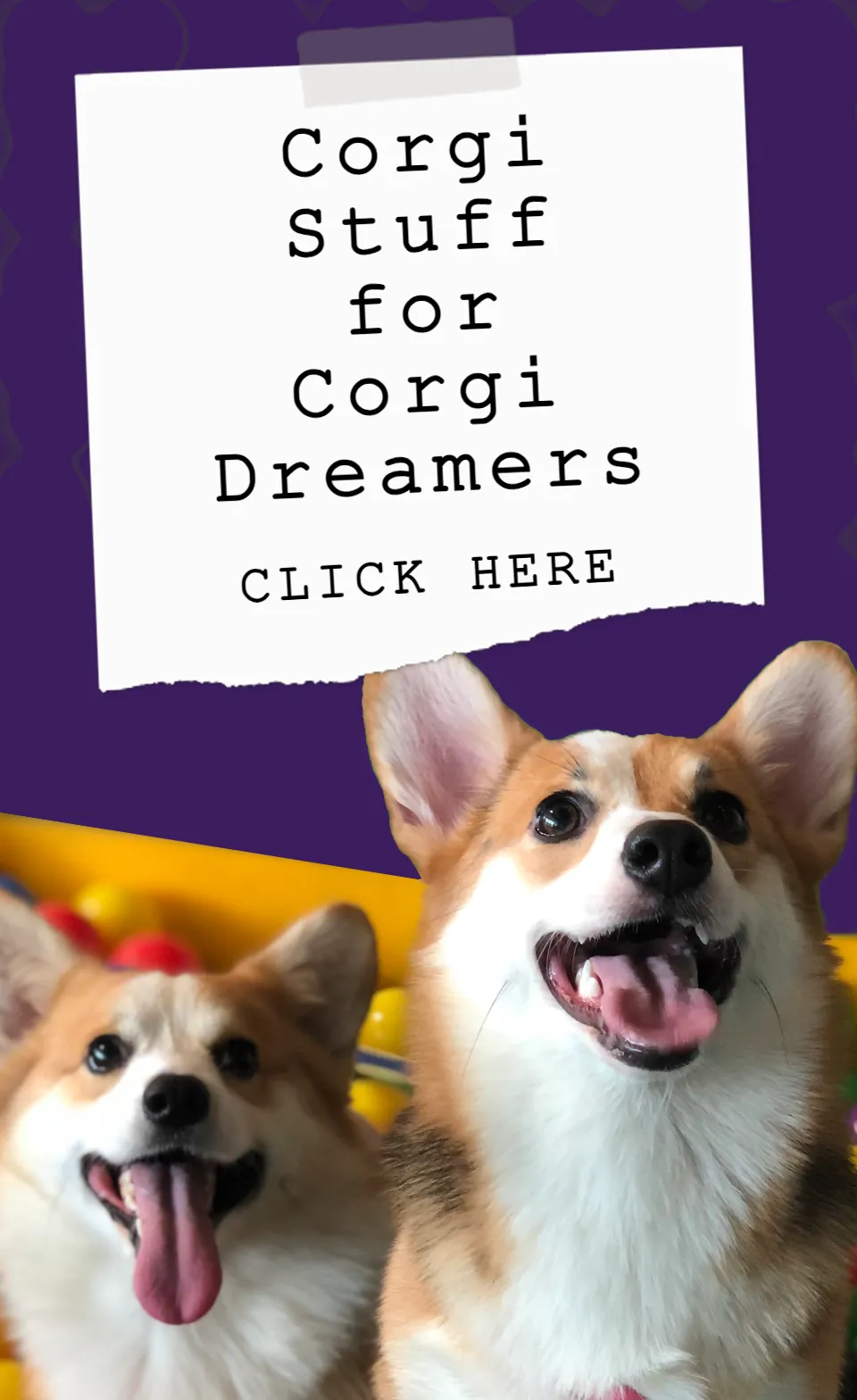2 Types Of Corgis: What’s the Difference?
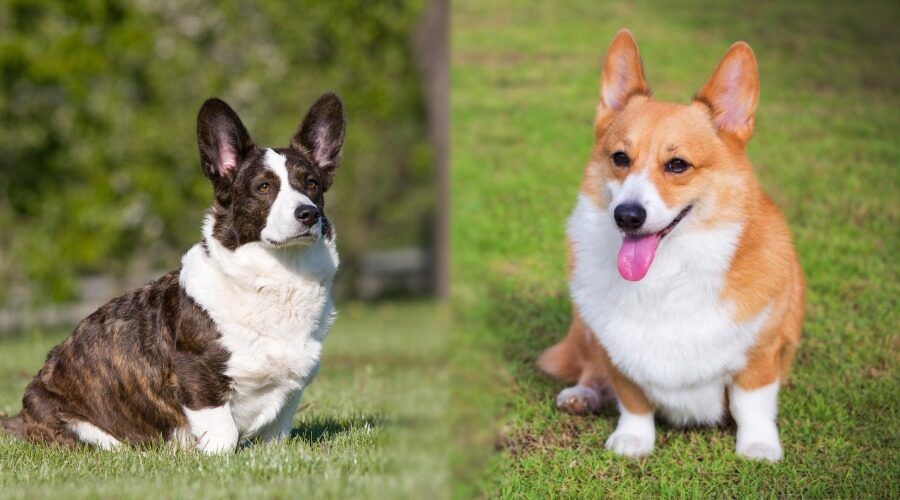
There are so many breeds when you want to decide about which dog to take home, so many colors, shapes, and sizes overflowing the web with cuteness and filling our lives with joy.
Have you heard about Corgis? If you are a dog lover and have searched for this article, you do.
There are loads of doubts and questions about the intra-breeds of Corgis, and people get confused in choosing which one they should adopt. And, there is absolutely no issue if you got confused too. We are here to help you identify the two types of Corgis and understand the difference between the two.
First, let’s start with the origin; for many years, the two Corgi breeds – Pembroke and Cardigan Corgis were crossbred, classifying under the category of one breed by The American Kennel Club (AKC). Eventually leading to further doubts, they were identified as two different breeds in 2006.
Cardigan Welsh Corgi is the oldest with a history of existing and working with humans. It is said that this breed of dogs was brought to Wales from Central Europe many centuries ago.
The other breed, known as Pembroke Welsh Corgi, originates from the 1800s, observes AKC; however, it came to Wales by Flemish weavers in the early 1100s. They contributed to livestock, hunting and killing rats and other vermin, and alarming others for any threats by barking.
Which among the two is more popular and why?
The Pembroke Welsh is undoubtedly the popular one among the two as the world knows how much Queen Elizabeth II of England loves this breed. However, did you know that she has owned over 30 corgis of this breed during her role as the Queen?
Read more about Queen’s dogs here.
Having a comparatively same history of performing on farms and with cattle, both the breeds of Corgi have different ancestors and come from other sections of Wales. According to an expert, “Cardigans were found within the rough, rocky terrain of Cardiganshire in southwest Wales. Pembrokes were found within the flatter, easier terrain of Pembrokeshire in southern Wales.”
So, let’s see what the primary differences between Pembroke and Cardigan Corgis are?
Physical attributes
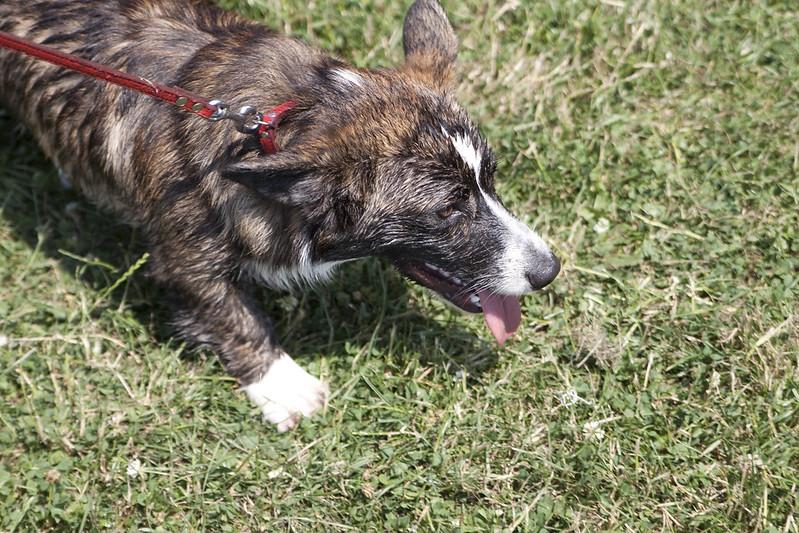
Both of the Corgis can be easily distinguished by their physical appearance. They have medium-length coats of colors tan, fawn, black, red and can come with or without white markings.
Despite both being small dogs having big heads and heavy, long bodies on short, thick legs, they have some differences too. Let us look at how the physical features like size, ears, tails, etc., differ in both of them.
Size: If you compare the two, Cardigans are a little more oversized with the having the heavier bone. The weight of male cardigans is around 38 pounds, whereas, Pembrokes only weigh up to 30 pounds. The latter has an oval bone structure and a squared-off rear end making them look linear and rectangular. On the contrary, Cardigans look curvier because of their round bone and sloping rear.
Coat: Sharing the double coat feature, the Cardigan has more colors than the other breed. Pembroke has only red, sable, and tricolor with white markings available for their coat. Cardigans are also less conservative in their white markings than the Pembroke.
Ears: Pembroke, the smaller one, has pointed ears, whereas, in Cardigan’s, the shape of ears is round.
Tail: Pembroke has a docked tail; however, the Cardigans tail is longer and fox-like.
Why do their tails get docked, and what are the controversies attached to this procedure? Read https://www.thesprucepets.com/puppy-tail-docking-2804964
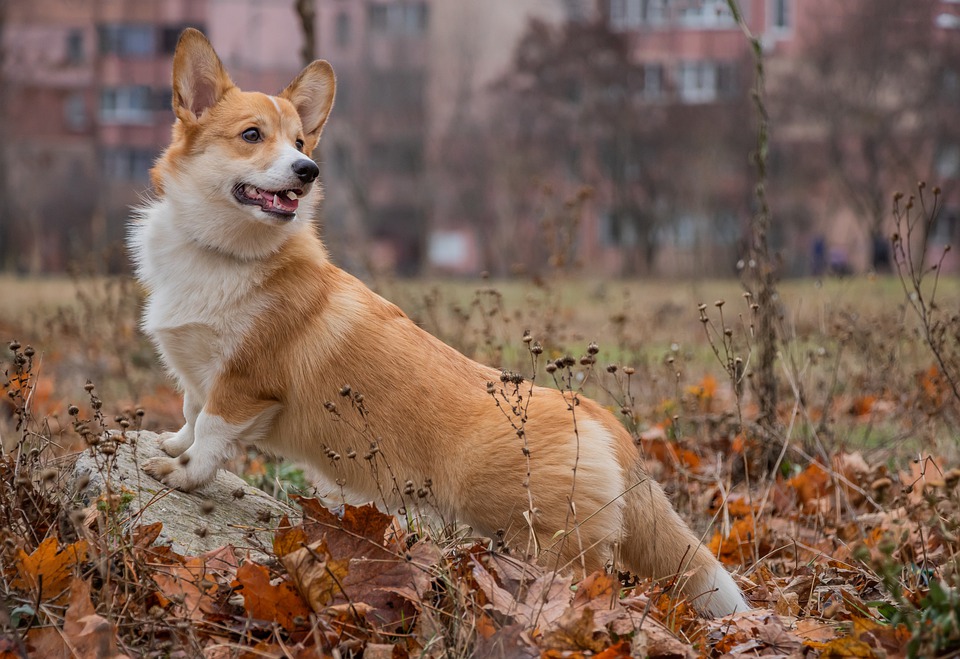
Grooming
Wearing the same kind of coat on their bodies, both the breeds do not need regular bathing. However, to avoid hair shedding, you can brush their fur regularly (twice or thrice a week).
Though shedding is a big issue in Corgis, it tends to differ in both of them. Pembroke corgis face significant hair fall around late spring and early summer. At this time, brushing their coat is required daily.
Behavior and personality
Both of them are well-mannered, obeying, and loving towards their owners. They like to play, seek attention, and sometimes like to boss around too. However, with a small body and short legs, their physical activities can be restricted, but entirely cutting on that would make them angrier and destructive.
When it comes to training, they are quick learners and are great at watching your house and your safety. Though they can be a little weird around kids and other animals initially, they will do well if you help them get comfortable.
For the difference, you might like to note that Pembroke Welsh Corgi are more enthusiastic, friendlier, and playful whereas, Cardigans can be a little reserved in new conditions. In simpler words, Cardigan is more attentive and observes the situations before acting, while a Pembroke is more of ‘go with the flow’ kind of dog.
Exercise

It’s a fact that Corgis are full of energy and love getting engaged in some physical activities almost all the time. So, if you are going to get a Corgi, be prepared to be on your toes.
Also, as discussed above, they get bored quickly, resulting in destruction and anger, so you have to keep finding new ideas to indulge them into doing something or the other all the time.
Plus, even because of their body structure, exercising is essential. So even if you don’t have much time to play all the time, you can take your pet on a nice long walk or even hiking if you want.
As discussed earlier, Cardigans are not as energetic as the Pembroke; they might be okay with the less exhausting physical routine too.
Health
Corgis can come with loads of cuteness and some severe health issues. So, you need to monitor your pet’s health regularly to avoid any critical illness. Hip dysplasia, eye disorders, cardiac problems, and a bleeding disorder called von Willebrand’s disease can be some of them.
Corgis are also prone to obesity to a greater extent; hence, we discussed their exercising routine in detail.
To read more about obesity in Corgis, click here.
The average life expectancy of this breed is around 12 to 15 years.
Corgis have become the family dogs; however, some areas are still used for herding in farms. Corgis are the smallest breed in the category of herding dogs. They’re active, alert, and outgoing, happy dogs that love people.

